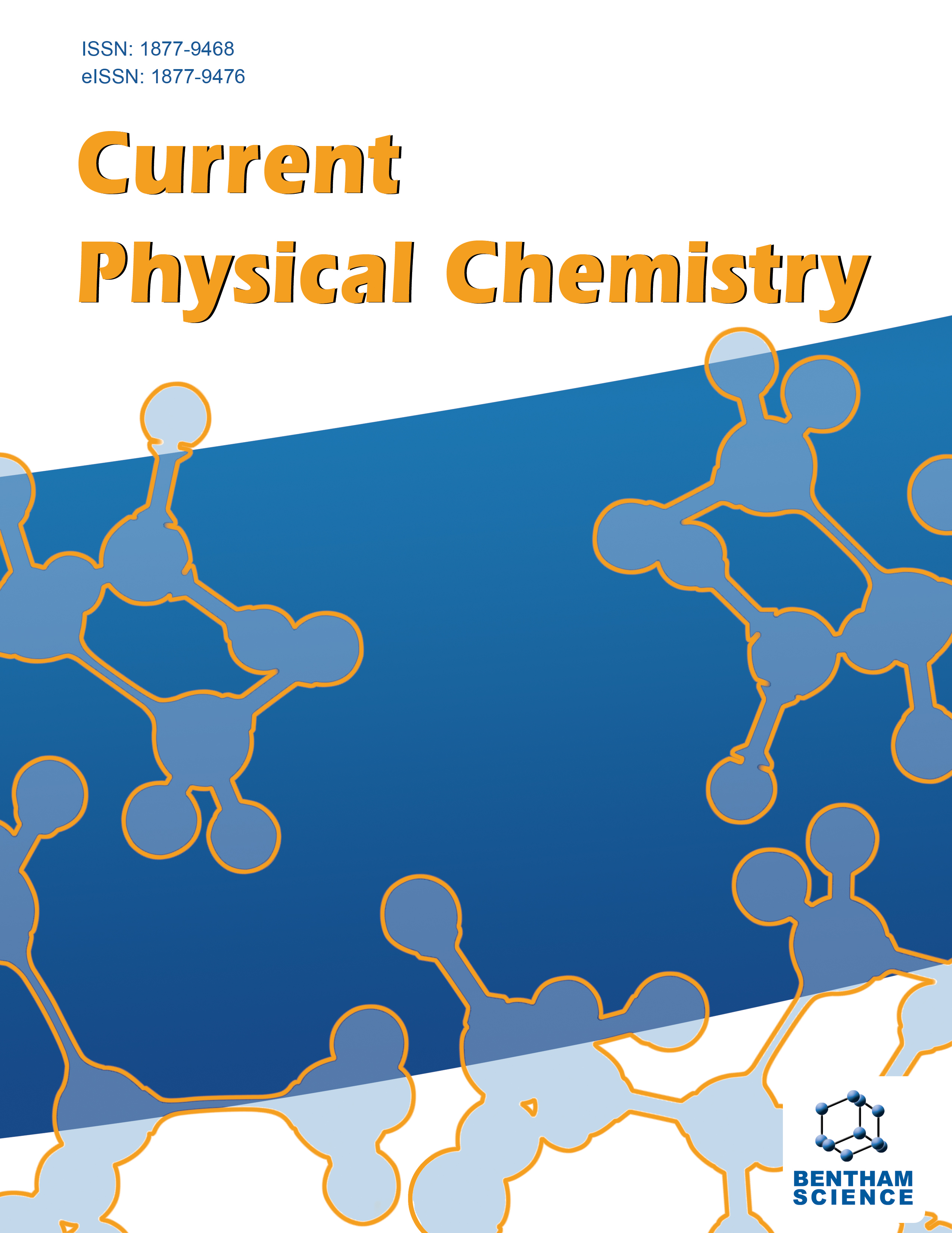
Full text loading...
We use cookies to track usage and preferences.I Understand

Our research aims to uncover how solute-solvent and solute-solute interactions behave in aqueous solutions, exploring how temperature variations and concentration changes influence these interactions. This can provide deeper insights into the behavior of molecules in different environments, potentially leading to applications in fields such as drug delivery, chemical reactions, and material science.
In the aqueous ternary system, the physicochemical interactions between a medically powerful pharmacological molecule and two naturally occurring amino acids were explored. The investigations were performed in a dilute to infinite dilute medium to study the interactions between the solutes and solvent extensively.
The objective of this research is to systematically investigate the nature of solute-solvent and solute-solute interactions in aqueous solutions across a range of temperatures and concentrations. By doing so, we aim to elucidate the underlying principles governing these interactions, which could contribute to a deeper understanding of solution chemistry. This knowledge is intended to inform the development of more efficient and effective applications in various scientific and industrial fields, including drug formulation, catalysis, and material design.
To characterize and calculate the interactions in the ternary system, various models and formulas were considered and applied. Based on various parameters, including viscosity B-coefficient, apparent molar volume, and molar conductance from viscosity, density, and conductance studies, varying temperatures and concentrations were used to elucidate the molecular interactions. To elucidate the interactions between solute with co-solute and with solvent, the limiting apparent molar volumes and the experimental slopes, derived from the Masson equation, and the Viscosity constants A and B, obtained via the Jones-Doles equation, were examined. To illustrate the structure- breaking/making character of the solutes in the solution, Hepler’s method and dB/dT values were applied.
The results indicated that hydrophobic-hydrophobic interaction plays a significant role in the system.
These amino acid interaction models may explain the properties of a variety of physiologically active compounds, and the mechanism can be expanded to comprehend the nature of similar systems. Furthermore, the research could lead to advancements in areas such as pharmaceutical sciences, where controlling solute interactions is crucial for drug delivery systems, and in environmental chemistry, where understanding pollutant behavior in water is essential for remediation efforts.

Article metrics loading...

Full text loading...
References


Data & Media loading...
Supplements